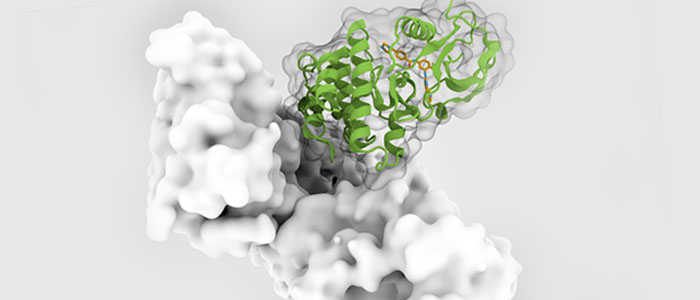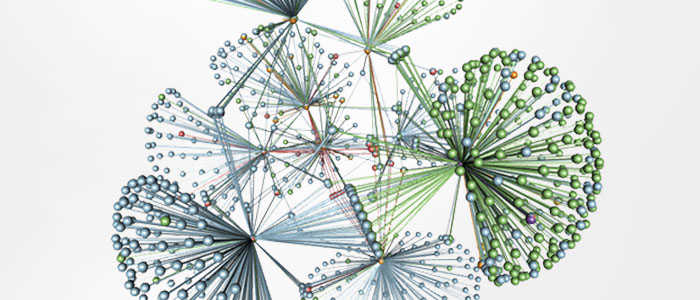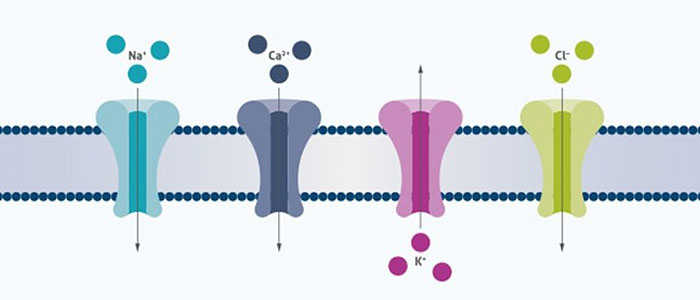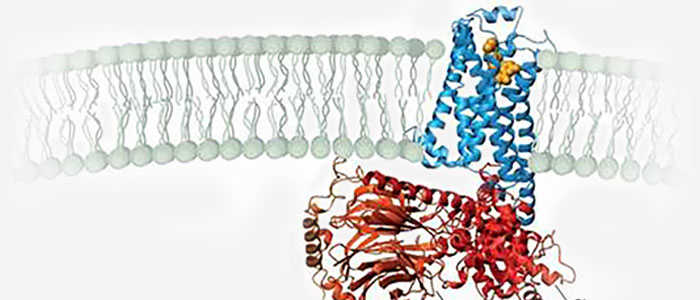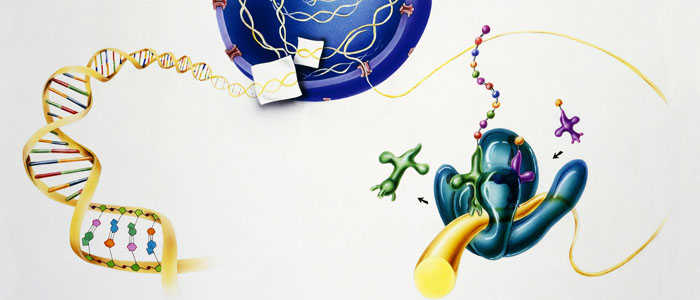Membrane Protein Extraction
For membrane protein preparation, extraction of membrane proteins from cell membranes is one of the most critical approaches. The extraction step could be followed by digestion if necessary, as well as purification and evaluation. The procedure is usually troubled by two major concerns: protein enrichment and solubilization. Since understanding of the outcomes of different enrichment procedures enables the highest possible protein yield and proteome coverage, recently developed protocols are intensively optimized for more sensitivity, accuracy and speed. Solubilization is another topic to address due to the commonly existing hydrophobic regions. Numerous methods for membrane protein solubilization have been reported to date, including the use of solvents, detergents, organic acids, chaotropes, and ionic liquids (ILs).
Strategies for membrane protein enrichment usually include differential and density gradient centrifugation, solvent delipidation and carbonate stripping, and various cell-surface techniques. The widely used methods among them, especially for eukaryotic cell lines and tissues, are sucrose gradient centrifugation, aqueous polymer two-phase enrichment, cationic colloidal silica particles, and high-salt or high-pH buffers. For solubilization, various agents that are compatible for membrane proteins have been studied. Those agents can be briefly classified based on their denaturing effects on the target protein. For example, SDS, PPS, and urea are denaturing agents; DDM, MNG, TritonTM X-100/114 are non-denaturing agents. Nanodisc is a novel synthetic membrane model system where proteins of interest are reconstituted in a phospholipid bilayer.
After extracting membrane proteins from cell membranes, purifications need to be performed to remove the impurities and further stabilize the membrane proteins. The strategies can be classified as protein-level fractionation and peptide-level fractionation. Most fractionation strategies employed for membrane proteomics rely on peptide-level fractionations since it is easier to keep peptides soluble during fractionation in comparison to intact proteins. However, protein-level fractionation can be extremely useful as it can separate abundant proteins into single or few fractions to permit better detection of low abundance proteins.
As a leading service provider, Creative BioMart is an expert offering custom service of membrane protein extraction. With deep understanding of the solvent-protein molecular interaction, together with more than 100 different solubilization agents available, we extract a broad range of membrane proteins, such as GPCRs, ion channels, transporters, membrane enzymes, membrane fusion proteins. Suitable purification procedures are designed and compatible for following characterization. Gel-based or gel-free high-throughput analytical QC controls are performed to make sure the final product can meet certain standards. Creative BioMart offers professional one-stop services for our customer:
- Enrichment design and evaluation.
- Selection of solubilization agents.
- Evaluation of digestion efficiency.
- Development of purification procedure.
- Evaluation of products.
Reference:
- Vuckovic, D., Dagley, L.F., Purcell, A.W., Emili, A. (2013) Membrane proteomics by high performance liquid chromatography-tandem mass spectrometry: Analytical approaches and challenges. Proteomics. 13: 404-423.
Contact us or send an email at for project quotations and more detailed information.
Quick Links
-

Papers’ PMID to Obtain Coupon
Submit Now -

Refer Friends & New Lab Start-up Promotions


